Retro Replay Review
Gameplay
Medal of Honor: Underground serves as a tight, action-packed prequel to the original Medal of Honor. Set in the early stages of WWII, you assume the role of Manon Batiste, the same brave courier who briefed missions in the first game. Across seven distinct missions, you’ll infiltrate occupied France alongside a small band of French Resistance fighters. Objectives range from stealthy reconnaissance and sabotage to all-out assaults on fortified German positions.
One of the game’s most compelling features is its arsenal of 12 historically accurate weapons. From the crack of the MP40’s rapid fire to the satisfying slam of the Lee-Enfield bolt, each firearm feels distinct. NPC allies occasionally assist by cracking safes, driving getaway vehicles or providing cover fire. When you’re not sneaking past sentries or planting explosives, you’ll hop into jeeps and commandeer enemy transports. The variety keeps the pace fresh, ensuring there’s never a dull moment.
Enemy AI in Underground is surprisingly responsive for its era. Foot soldiers patrol in squads, communicate over radios and react to gunfire, while armored units—including tanks and motorcycles—add layers of tactical challenge. You’ll need to blend stealth and direct confrontation, using cover and timing to your advantage. Friendly NPCs sometimes get caught in the crossfire, so coordinating your approach is vital if you want to preserve your team and succeed in tighter objectives.
Level design strikes a balance between linear paths and open-ended moments that encourage multiple approaches. Secret caches and alternate routes reward players who explore, while optional side tasks—like freeing prisoners or disabling communications—add depth. Though the game clocks in at a relatively modest length, high replay value comes from experimenting with different weapons loadouts and attempting missions on tougher difficulty settings.
Graphics
When Medal of Honor: Underground debuted on the PlayStation, its visuals were cutting-edge for a console shooter. The environments range from moonlit Paris rooftops to misty Alpine passes and bombed-out village streets. Textures and geometry hold up surprisingly well, capturing the grit of war-torn Europe. Lighting effects—particularly torchlight flicker and muzzle flashes—add atmosphere during nighttime infiltration missions.
Character models and animations are smooth, with fluid reloads and distinct recoil patterns for each weapon. Enemy soldiers carry authentic gear—helmets, field packs and period-accurate uniforms—that immerse you in the era. Vehicles like motorcycles and half-tracks are well detailed, and even the interior cockpits of tanks feel functional. NPC allies exhibit believable behavior, taking cover or following your lead with minimal clipping issues.
Cinematic cutscenes tie the visuals together with brief interludes that set mission stakes. While these sequences use simpler animation rigs compared to full-motion video, they maintain consistent character likenesses and convey emotional beats effectively. The overall color palette remains muted—grays, browns and olive drabs dominate—yet occasional bursts of color (a red curtain in a chateau or yellow fields in summer) punctuate the gloom.
By modern standards, Underground’s graphics are dated—polygon counts are low and texture resolution is coarse. However, playing the remastered or emulated versions highlights the game’s artistic strengths. The level of detail and care taken with set pieces stand out, making it a charming retro experience for anyone exploring early 2000s console shooters.
Story
At the heart of Medal of Honor: Underground is Manon Batiste’s personal journey from Parisian courier to frontline resistance fighter. The narrative unfolds through mission briefings and in-engine cutscenes that reveal her family’s involvement in the Resistance and the escalating brutality of the German occupation. You witness her resolve harden after key moments—witnessing civilian casualties, risking her life to save allies, and striking symbolic blows against enemy command centers.
Each mission node advances the broader storyline, taking you from Paris catacombs to snowy mountain passes and a grand chateau hideout. Dialog sequences between Manon and her fellow rebels provide context and camaraderie, raising the emotional stakes. Despite its linear framework, the story grants you flashes of choice, such as deciding whether to rescue certain prisoners or destroy communication arrays, which bolster your sense of agency.
Voice acting elevates the narrative, with Manon’s determined tones contrasting against the snarls and panicked shouts of German troops. Subtle touches—like reading letters from fallen comrades or finding personal trinkets in abandoned bunkers—deepen the emotional resonance. Though you won’t encounter sprawling branching plots, the game’s focused storyline offers a satisfying arc that culminates in a daring operation to strike at the heart of the occupying forces.
Ultimately, the story in Underground is streamlined but impactful, balancing historical nods with personal drama. For fans of WWII tales, it delivers a heroic underdog narrative that complements the more squad-centric focus of the main Medal of Honor. It’s both a tribute to the bravery of everyday resistants and a fitting origin story for one of the series’ most memorable characters.
Overall Experience
Medal of Honor: Underground stands out as one of the more character-driven entries in the long-running franchise. Its concise length—seven missions in total—makes for a brisk, engaging campaign that rarely overstays its welcome. Whether you’re infiltrating a Gestapo stronghold or racing down village streets in a stolen motorcycle, the pace remains taut and varied.
For potential buyers, Underground offers a solid introduction to WWII shooters. The blend of stealth sections, vehicular segments and full-bore firefights ensures broad appeal. Coupled with responsive enemy AI and tight level design, the game delivers both challenge and cinematic flair. While modern shooters boast open worlds and sprawling campaigns, this title’s focused scope feels refreshing in its commitment to tight, handcrafted experiences.
If you’re playing on original hardware or via a modern remaster, it’s worth revisiting for its nostalgic charm and thoughtful mission structure. The historical authenticity of weapons and uniforms enhances immersion, and the narrative gives players a tangible connection to the resistance movement. Underground may be short, but it covers ground that few WWII games dare to explore—namely, the perspective of a female operative in a perilous, male-dominated conflict.
In summary, Medal of Honor: Underground is an engaging, historically flavored shooter that delivers memorable set pieces and a compelling lead protagonist. Its vintage graphics and concise storytelling encapsulate the strengths of early 2000s console design, offering both nostalgic appeal and solid gameplay for new audiences. For anyone seeking a focused WWII adventure with varied missions and tight pacing, Underground remains a worthy addition to any collection.
 Retro Replay Retro Replay gaming reviews, news, emulation, geek stuff and more!
Retro Replay Retro Replay gaming reviews, news, emulation, geek stuff and more!
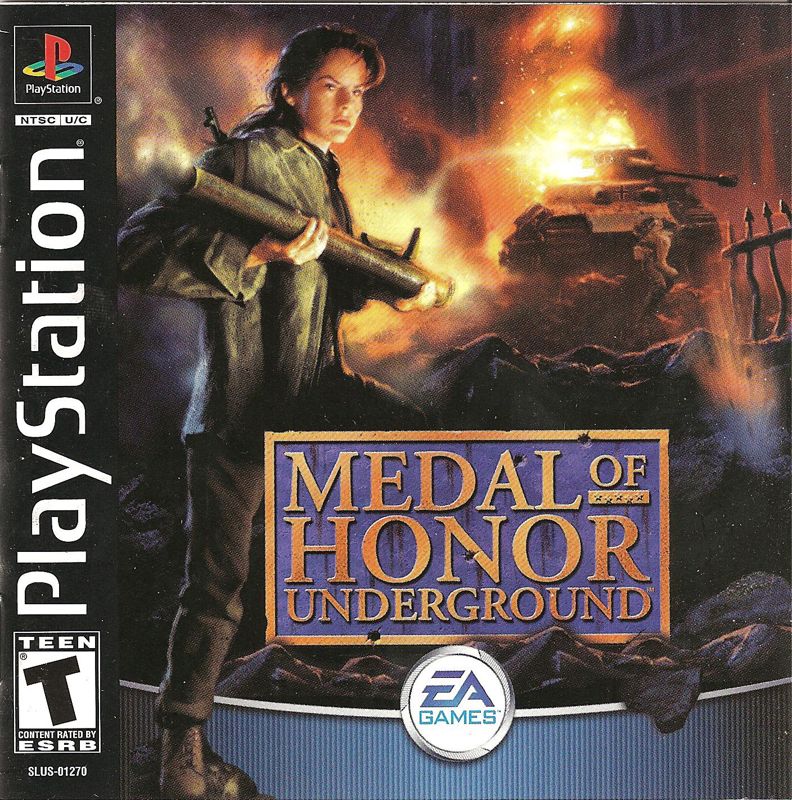

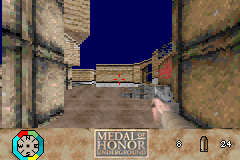
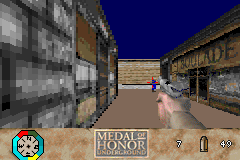
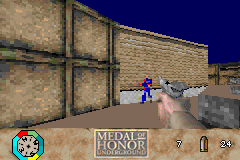

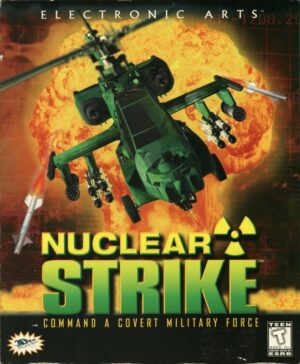


Reviews
There are no reviews yet.